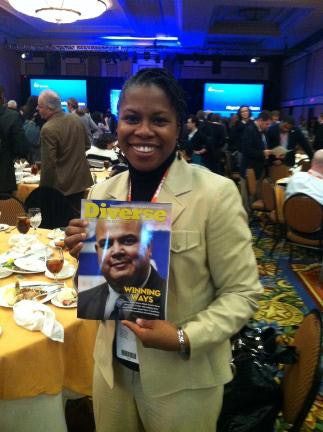 Jacquie Carpenter is the commissioner of the CIAA.
Jacquie Carpenter is the commissioner of the CIAA.
A century later, the CIAA (now the Central Intercollegiate Athletic Association) is still around and is one of four NCAA-recognized conferences made up completely or predominantly of historically Black colleges and universities. The others include: the Southern Intercollegiate Athletic Conference, formed in 1913; the Southwestern Athletic Conference, formed in 1920; and the Mid-Eastern Athletic Conference, formed in 1970.
At the time, the formation of an athletic league composed specifically of institutions designed for African-Americans made sense, if only as an extension of the logic that formed HBCUs in the first place. African-Americans were shunned from all of mainstream American life in the early part of the 20th century. And in the South, where the majority of Black colleges and universities were located, the Black community may as well have been on another planet.
More than a century later, however, much has changed in the country as a whole and at the institutions that compose the CIAA, SIAC, SWAC and MEAC.
The United States just re-elected a president, who 100 years ago, not only would have been limited to an all-Black institution, but he would not have been able to vote for himself. As a result of integration efforts that started in the Jim Crow era, institutions of higher learning are no longer allowed to discriminate based on race, gender or religion. And Black student-athletes are front and center at many of the institutions that would not allow them in the front door just 50 years ago.
It has been well-documented that Black institutions of higher learning, both state-funded and privately run, have been under-funded since their inceptions. Private schools had to rely largely on the pockets of White philanthropists, while state-funded institutions have traditionally received a smaller piece of the pie compared to their peer majority institutions.
“I don’t think if Alabama or Texas or LSU had been under-funded for a century, they would be in the position that they are,” says Dr. Dennis Thomas, MEAC commissioner.




















